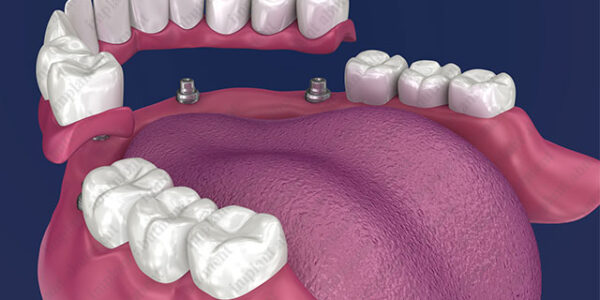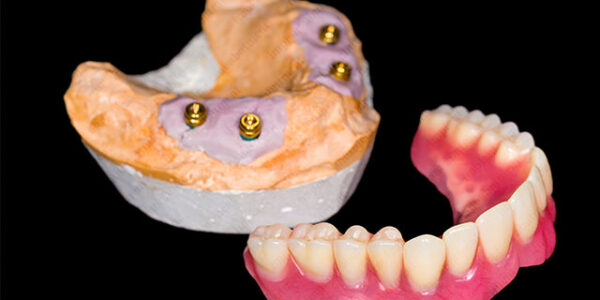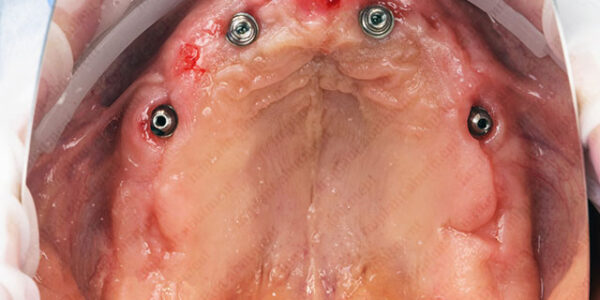The purpose of Implant Impression Coping is to assist in replicating the position of the dental implant in the oral cavity and thus creating a exact dimension, position and shape of the patient’s implant.
The impression coping is attached into place using a fixation screw to the implant before the impression is made. This permits to facilitate a very precise transfer of the dental implant to a cast used by the laboratory.
There are two techniques available for Impression Coping:
The two techniques that are available are:
Open tray technique & Closed tray technique.
Open Tray Technique.
An open tray technique refers to when a dentist is able to remove the entire impression including the impression coping from the oral cavity of the patient which includes the screws while all the time remaining inside the casting material.
Once this is done successfully, the implant analogs are added and sent to the lab for further work to create a final product. By conducting this procedure in such manner, it provides far better levels of precision and results.
Closed Tray Technique.
A closed tray technique differ in such that the impression is first removed from the oral cavity of the patient, and then removing the implant coping from the dental implant. Only once the implants are put back in to their place in the casting material and finally the dental analogs are added and sent to the laboratory for further work.
Certain companies are thinking a few steps ahead of the game, changing the way dental impression coping are being used, thus making them easier to use, cheaper and more accurate.




